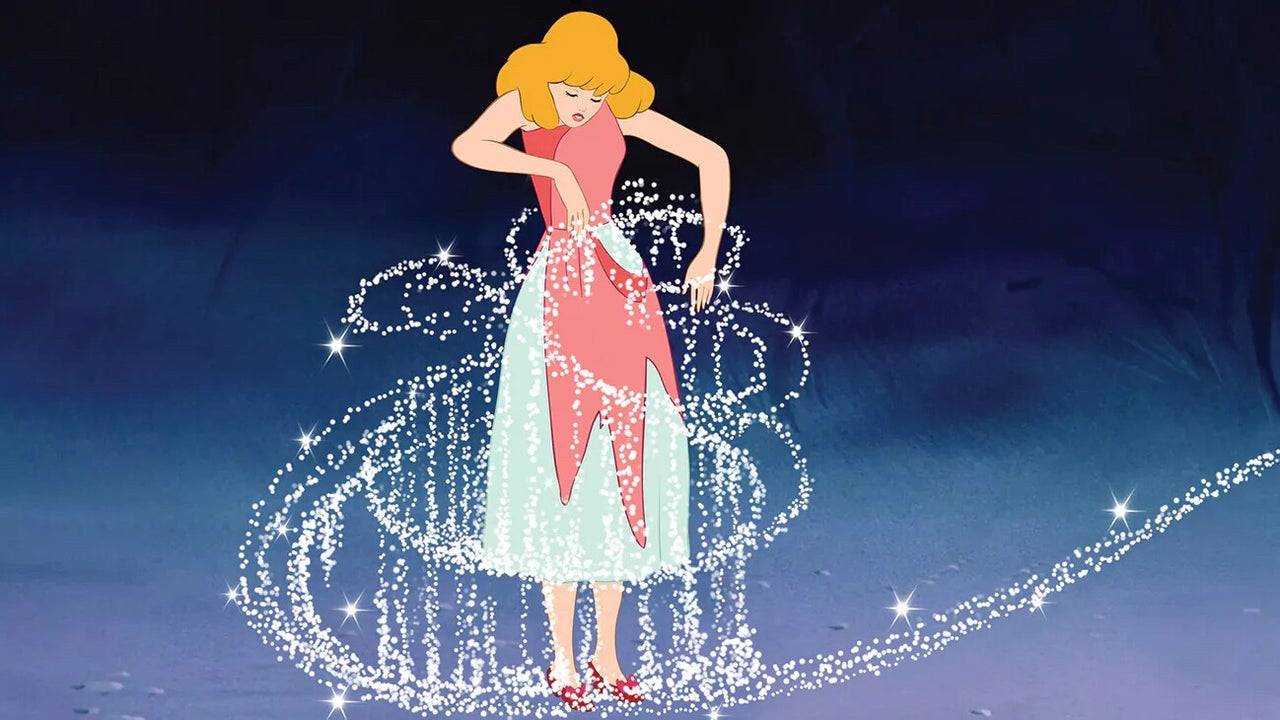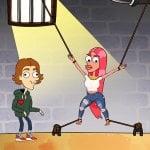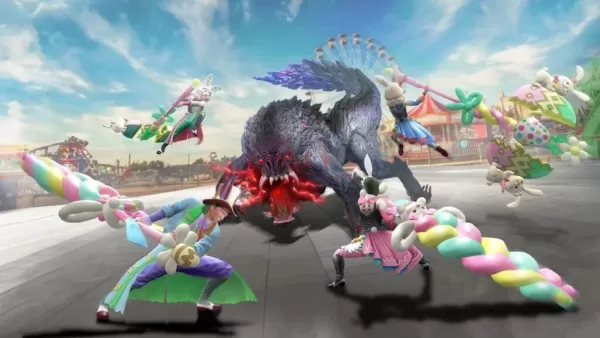Cinderella at 75: The Princess and Glass Slippers That Saved Disney
In 1947, The Walt Disney Company faced a dire financial crisis, burdened by approximately $4 million in debt following the underperformance of *Pinocchio*, *Fantasia*, and *Bambi*. World War II and other factors significantly impacted their European markets and film releases. However, the release of *Cinderella* in 1950 proved to be a pivotal moment, rescuing the company from potential ruin and marking a significant turning point in its history.
As *Cinderella* celebrates its 75th anniversary, we explore the film's impact and its surprising parallels to Walt Disney's own journey. The story not only revitalized Disney but also offered a beacon of hope to a world rebuilding after the war.
The Right Film at the Right TimeDisney's success with 1937's *Snow White and the Seven Dwarfs* enabled the construction of their Burbank studio and fueled ambitions for more feature-length animated films. However, subsequent films like *Pinocchio* (despite its critical acclaim and awards), *Fantasia*, and *Bambi* all underperformed, largely due to the disruption caused by World War II. The loss of European markets and the studio's involvement in wartime productions significantly hampered their financial prospects.
"Disney's European markets dried up during the war, impacting films like *Pinocchio* and *Bambi*," explains Eric Goldberg, co-director of *Pocahontas* and lead animator on *Aladdin*'s Genie. "The studio shifted to creating training and propaganda films, and then the 'Package Films'—collections of shorter cartoons—which, while successful, lacked the narrative scope of feature-length animation."

These Package Films, including Saludos Amigos and The Three Caballeros, served various purposes, including supporting the U.S. Good Neighbor Policy. While financially viable, they didn't address the studio's desire to return to full-length animated features. Walt Disney himself expressed frustration at the situation, even contemplating selling his shares and leaving the company.
Facing this critical juncture, the Disney brothers instead gambled on *Cinderella*, their first major animated feature since 1942's *Bambi*. The success of this film was crucial for the future of Disney's animation studio.
"Walt recognized America's post-war need for hope and joy," says Tori Cranner, Art Collections Manager at the Walt Disney Animation Research Library. "*Cinderella*, unlike the more somber *Pinocchio*, offered exactly that. It was the right film at the right time."
Cinderella and Disney’s Rags to Riches Tale
Walt Disney's fascination with *Cinderella* dated back to 1922, when he created a short film at his Laugh-O-Gram Studios. The story, adapted from Charles Perrault's version of the fairy tale, resonated deeply with Disney, mirroring his own journey of humble beginnings and unwavering determination.

"Snow White was a passive character waiting for her Prince," Walt Disney explained. "Cinderella, however, was proactive; she pursued her dreams." This resonated with Walt's own entrepreneurial spirit and resilience in the face of adversity.
Development of the *Cinderella* feature film began in 1938, but the war and other challenges delayed its release until 1950. This extended period allowed for refinement and evolution of the story, resulting in the classic film we know today.
Disney's unique approach to adapting classic fairy tales is highlighted by Goldberg: "He infused his own taste, heart, and passion, making the characters and stories more relatable and enjoyable for a wider audience." Disney's additions, like Cinderella's animal companions and a more relatable Fairy Godmother, contributed significantly to the film's universal appeal.
The iconic transformation scene, meticulously crafted by Marc Davis and George Rowley, showcases the painstaking detail and artistry of the animation. The subtle pause before the dress transformation adds to its magical quality.
The broken glass slipper, a Disney addition, further emphasizes Cinderella's agency and strength. Goldberg points out that Cinderella is not a passive character but a proactive heroine who takes control of her destiny.
*Cinderella*'s premiere in 1950 was a resounding success, revitalizing Disney's financial situation and reigniting their creative spirit. The film's impact paved the way for future Disney classics.
75 Years Later, Cinderella’s Magic Lives On
The enduring legacy of *Cinderella* is evident in Disney's theme parks and its continued influence on modern films. Becky Bresee, lead animator on *Frozen 2* and *Wish*, notes the direct connection between Elsa's dress transformation and *Cinderella*'s iconic scene.

The contributions of the Nine Old Men and Mary Blair to Cinderella's artistry and style are also noteworthy. However, the film's enduring power lies in its message of hope and perseverance, a message that continues to resonate with audiences worldwide.
"The big thing about *Cinderella* is hope," concludes Goldberg. "It shows that perseverance and strength can lead to the realization of dreams, a message that transcends time."
-
Remedy's Control spin-off shooter, FBC: Firebreak, has surpassed one million players. The free-to-play title is accessible to Xbox Game Pass and PS Plus subscribers, yet the studio acknowledged this achievement as a "significant milestone" while recoAuthor : Claire Dec 23,2025
-
Clash Royale has finally introduced a major upgrade for the Inferno Dragon, nearly a decade after its initial release. The fiery Legendary card now boasts enhanced capabilities, with Supercell partnering with Finnish comedian Ismo Leikola for a speciAuthor : Natalie Dec 22,2025
- Spring Valley Farm Game: January 2025 Redeem Codes
- WWE Superstars Join Call of Duty Warzone: Mobile Roster
- Midnight Girl is a minimalist point-and-click adventure set in Paris in the 60s, now open for pre-orders on mobile
- Mobile Legends: Bang Bang – Best Lukas Build
- "Grand Outlaws Unleashes Chaos and Crime on Android Soft Launch"
- Video Game Song Surpasses 100 Million Streams on Spotify





















